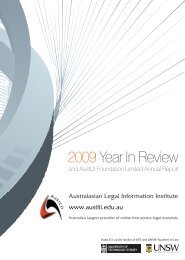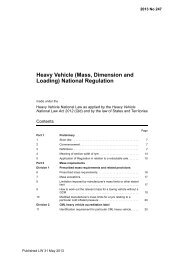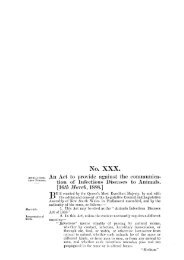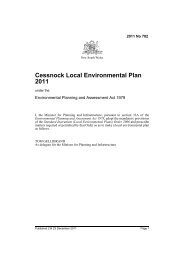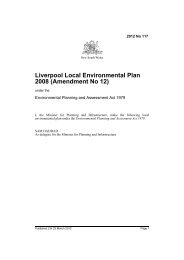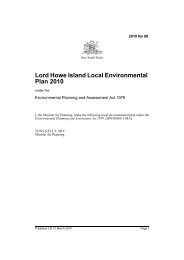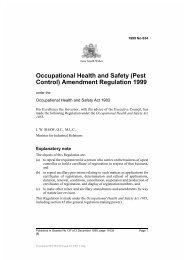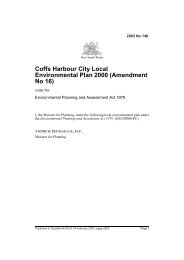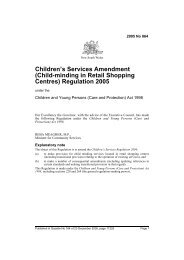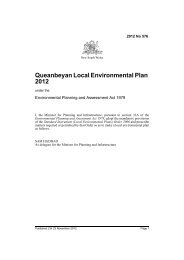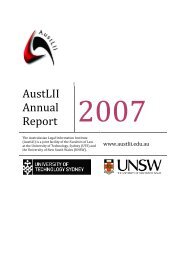Electricity (Overhead Line Safety) Regulation 1991
Electricity (Overhead Line Safety) Regulation 1991
Electricity (Overhead Line Safety) Regulation 1991
Create successful ePaper yourself
Turn your PDF publications into a flip-book with our unique Google optimized e-Paper software.
10<br />
<strong>1991</strong>—No. 412<br />
(3) Every bare aerial active conductor of an overhead service line or<br />
consumer’s aerial line terminating on a building or appurtenance to a<br />
building must be insulated between the last pole and the point of<br />
attachment on the building or appurtenance, including the connection to<br />
the consumer’s installation.<br />
(4) The owner of an overhead line, where the circumstances reasonably<br />
require, must fit suitable devices or undertake effective measures to<br />
prevent, as far as is practicable, access (other than access obtained by the<br />
use of a ladder or other device) by any member of the public to a position<br />
near any live aerial conductor or apparatus, where injury from electric<br />
shock may be possible.<br />
(5) For the purposes of subclause (3), covered conductors complying<br />
with A.S. No. C.306-1958 (Australian Standards Code—specification for<br />
bare and covered hard-drawn copper conductors (for overhead lines)) or<br />
BS 6485:1971 (British Standards specification for PVC-covered<br />
conductors for overhead power lines) and erected before 8 July 1987 are<br />
to be regarded as insulated.<br />
Application<br />
PART 4—MAINTENANCE REQUIREMENTS FOR ALL<br />
OVERHEAD LINES<br />
21. Except as provided by clauses 5 and 7, this Part applies to all<br />
overhead lines, whether placed in service before, on or after the<br />
commencement of this <strong>Regulation</strong>.<br />
Maintenance of lines and fittings<br />
22. (1) A11 overhead lines, including earthing conductors, electrodes<br />
and clamps associated with an overhead line, must be periodically<br />
inspected and, if considered necessary, tested and must be maintained in<br />
proper working order.<br />
(2) The integrity of insulation of overhead service lines and consumers’<br />
aerial lines must be maintained in the vicinity of the point of entry or<br />
adjacent to roofs or structures, which, while not normally accessible to<br />
persons, may become accessible under certain circumstances and result in<br />
contact by persons with the insulated service wires, service loops or<br />
connectors.



